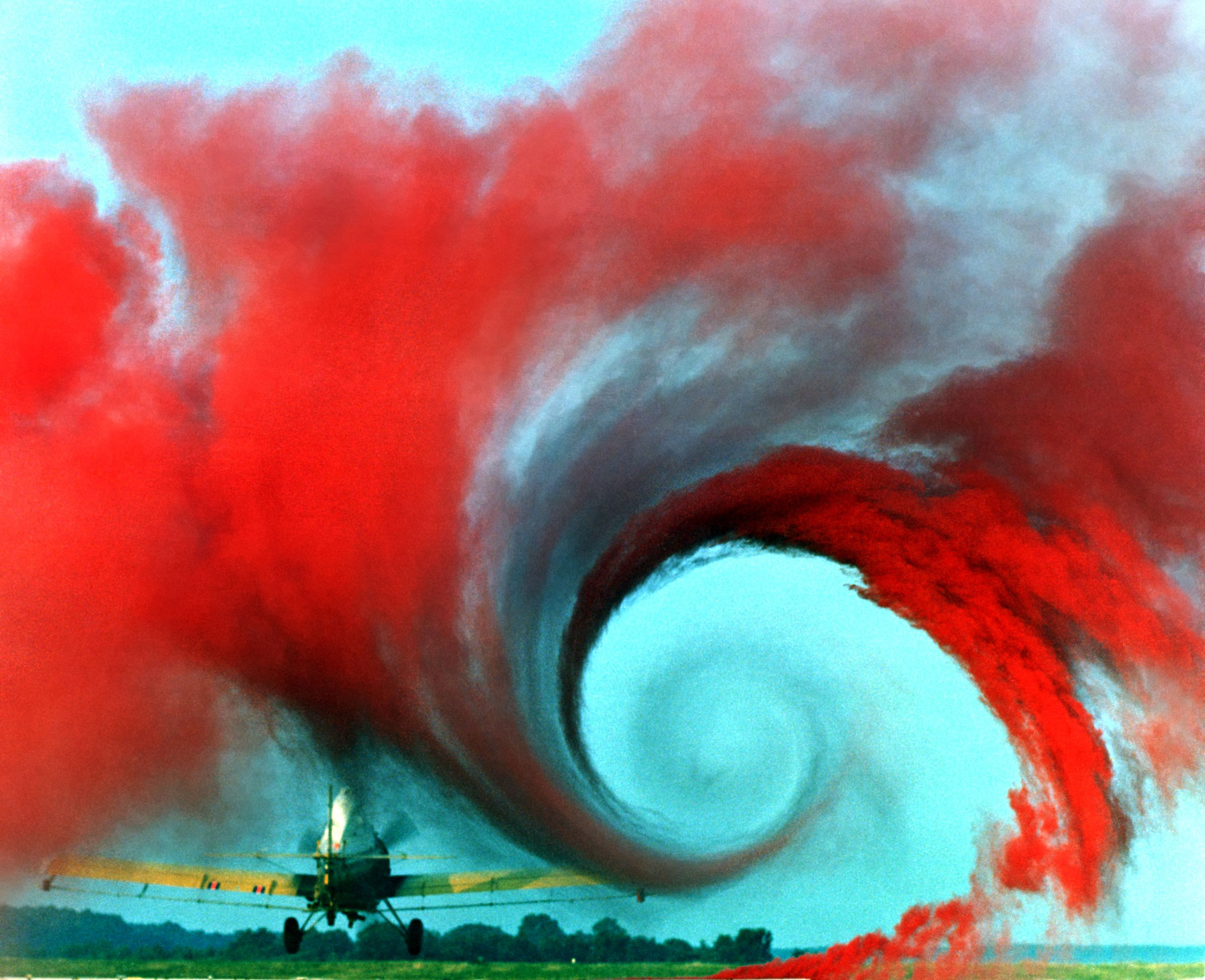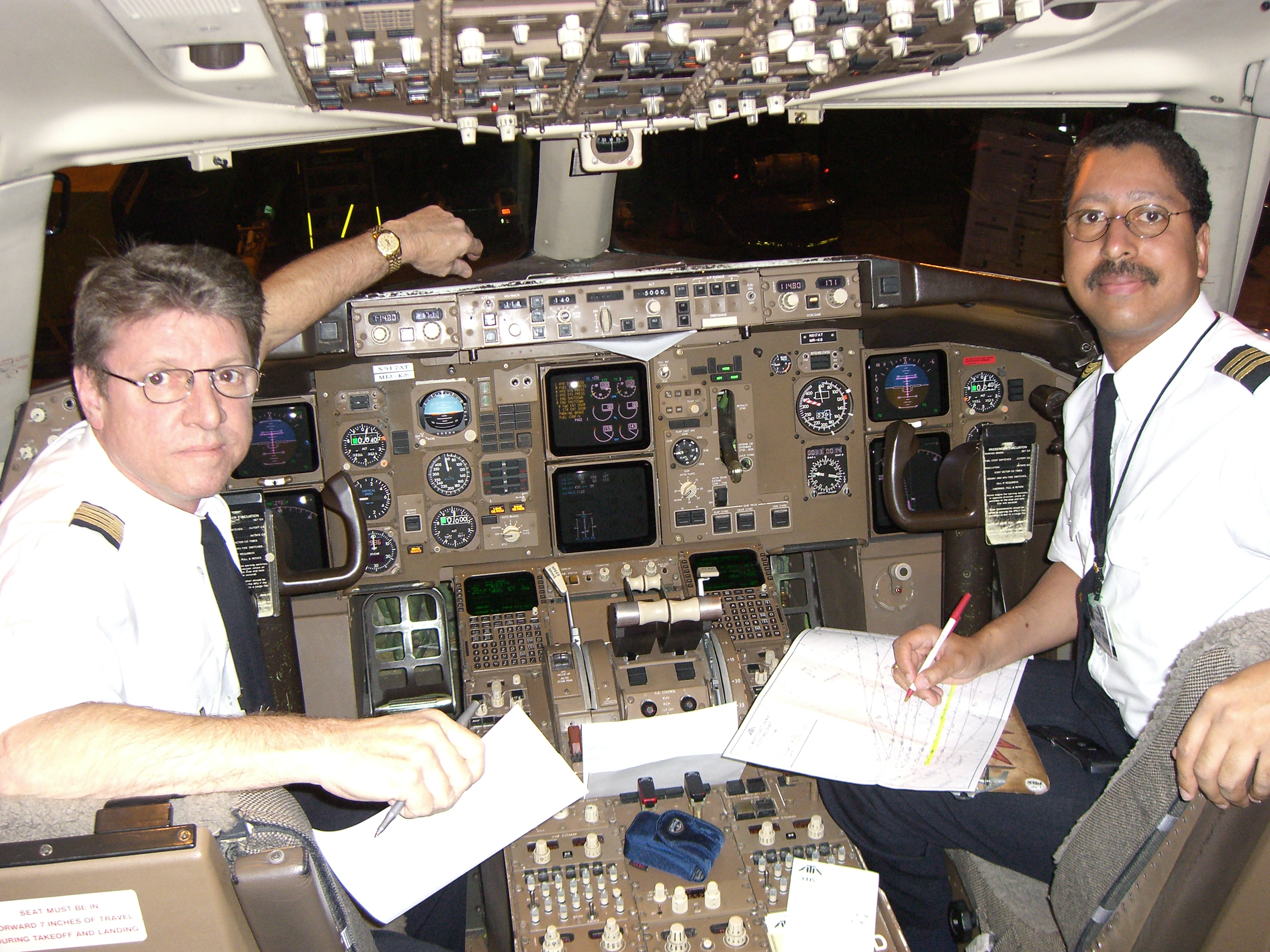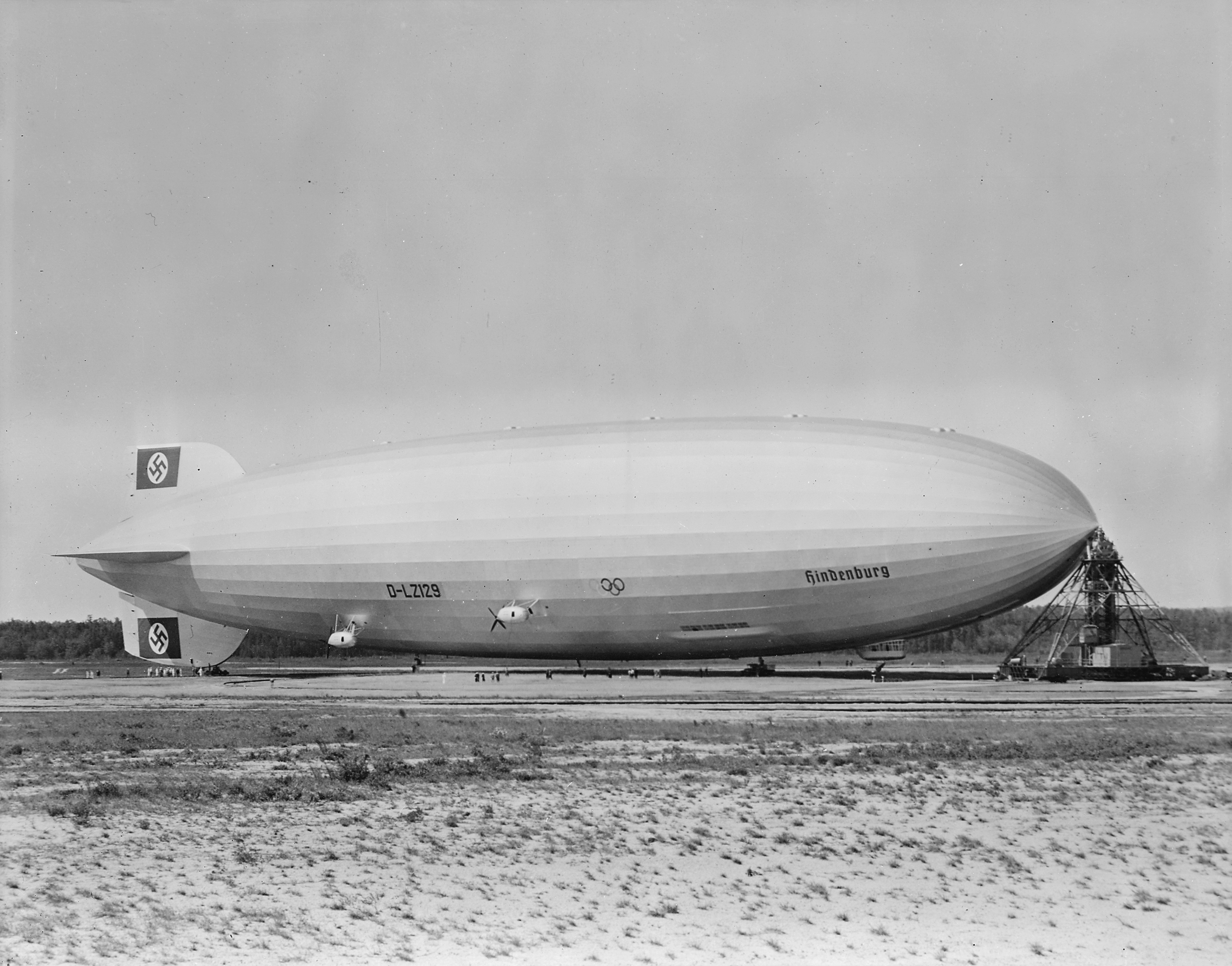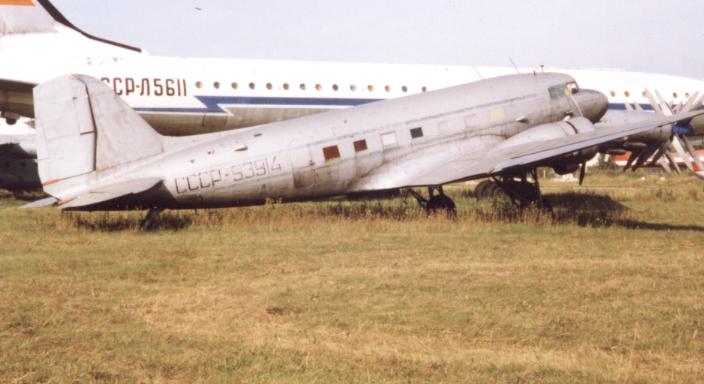|
Aeroflot Flight 505
Aeroflot Flight U-505 crashed just after takeoff in Tashkent on 13 April 1987. Flight 505 was an early morning flight from Tashkent to Shahrisabz, both in the Uzbek Soviet Socialist Republic, now the Republic of Uzbekistan. The flight took off just one minute and 28 seconds after an Ilyushin Il-76, thus encountering its wake vortex. The Yakovlev Yak-40 then banked sharply to the right, struck the ground, and caught fire. All 9 people on board died. Aircraft and crew The aircraft involved, a Yakovlev Yak-40, was registered to Aeroflot as CCCP-87618. At the time of the accident the aircraft had sustained 17,132 flight hours and 20,927 cycles (one cycle equals one takeoff and landing). The crew consisted of the following: * Captain T. Yunusbek (Юнусбеков Т.) * Co-pilot Valery Strunin (Струнин Валерий Александрович) * Flight engineer R. F. Davydov (Давыдов Р. Ф.) Sequence of events The plane was scheduled to ferry cargo from Tashkent ... [...More Info...] [...Related Items...] OR: [Wikipedia] [Google] [Baidu] |
Wake Turbulence
Wake turbulence is a disturbance in the atmosphere that forms behind an aircraft as it passes through the air. It includes variety of elements, the most significant of which are wingtip vortices and jetwash. Jetwash refers to the rapidly moving gases expelled from a jet engine; it is extremely turbulent but of short duration. Wingtip vortices, however, are much more stable and can remain in the air for up to three minutes after the passage of an aircraft. It is therefore not true turbulence in the aerodynamic sense, as true turbulence would be chaotic. Instead, it refers to the similarity to atmospheric turbulence as experienced by an aircraft flying through this region of disturbed air. Wingtip vortices occur when a wing is generating lift. Air from below the wing is drawn around the wingtip into the region above the wing by the lesser amount of pressure above the wing, causing a vortex to trail from each wingtip. The strength of wingtip vortices is determined primarily by the we ... [...More Info...] [...Related Items...] OR: [Wikipedia] [Google] [Baidu] |
Pilot In Command
The pilot in command (PIC) of an aircraft is the person aboard the aircraft who is ultimately responsible for its operation and safety during flight. This would be the captain in a typical two- or three-pilot aircrew, or "pilot" if there is only one certificated and qualified pilot at the controls of an aircraft. The PIC must be legally certificated (or otherwise authorized) to operate the aircraft for the specific flight and flight conditions, but need not be actually manipulating the controls at any given moment. The PIC is the person legally in charge of the aircraft and its flight safety and operation, and would normally be the primary person liable for an infraction of any flight rule. The strict legal definition of PIC may vary slightly from country to country. The International Civil Aviation Organization, a United Nations agency, definition is: "The pilot responsible for the operation and safety of the aircraft during flight time." ''Flight time'' for airplanes is defined ... [...More Info...] [...Related Items...] OR: [Wikipedia] [Google] [Baidu] |
Accidents And Incidents Involving The Yakovlev Yak-40
An accident is an unintended, normally unwanted event that was not directly caused by humans. The term ''accident'' implies that nobody should be blamed, but the event may have been caused by unrecognized or unaddressed risks. Most researchers who study unintentional injury avoid using the term ''accident'' and focus on factors that increase risk of severe injury and that reduce injury incidence and severity. For example, when a tree falls down during a wind storm, its fall may not have been caused by humans, but the tree's type, size, health, location, or improper maintenance may have contributed to the result. Most car wrecks are not true accidents; however English speakers started using that word in the mid-20th century as a result of media manipulation by the US automobile industry. Types Physical and non-physical Physical examples of accidents include unintended motor vehicle collisions, falls, being injured by touching something sharp or hot, or bumping into someth ... [...More Info...] [...Related Items...] OR: [Wikipedia] [Google] [Baidu] |
1987 In The Soviet Union
File:1987 Events Collage.png, From top left, clockwise: The MS Herald of Free Enterprise capsizes after leaving the Port of Zeebrugge in Belgium, killing 193; Northwest Airlines Flight 255 crashes after takeoff from Detroit Metropolitan Airport, killing everyone except a little girl; The King's Cross fire kills 31 people after a fire under an escalator flashes-over; The MV Doña Paz sinks after colliding with an oil tanker, drowning almost 4,400 passengers and crew; Typhoon Nina strikes the Philippines; LOT Polish Airlines Flight 5055 crashes outside of Warsaw, taking the lives of all aboard; The USS Stark is struck by Iraqi Exocet missiles in the Persian Gulf; U.S. President Ronald Reagan gives a famous speech, demanding that Soviet leader Mikhail Gorbachev tears down the Berlin Wall., 300x300px, thumb rect 0 0 200 200 Zeebrugge disaster rect 200 0 400 200 Northwest Airlines Flight 255 rect 400 0 600 200 King's Cross fire rect 0 200 300 400 Tear down this wall! rect 300 200 60 ... [...More Info...] [...Related Items...] OR: [Wikipedia] [Google] [Baidu] |
Aviation Accidents And Incidents In The Soviet Union
Aviation includes the activities surrounding mechanical flight and the aircraft industry. ''Aircraft'' includes fixed-wing and rotary-wing types, morphable wings, wing-less lifting bodies, as well as lighter-than-air craft such as hot air balloons and airships. Aviation began in the 18th century with the development of the hot air balloon, an apparatus capable of atmospheric displacement through buoyancy. Some of the most significant advancements in aviation technology came with the controlled gliding flying of Otto Lilienthal in 1896; then a large step in significance came with the construction of the first powered airplane by the Wright brothers in the early 1900s. Since that time, aviation has been technologically revolutionized by the introduction of the jet which permitted a major form of transport throughout the world. Etymology The word ''aviation'' was coined by the French writer and former naval officer Gabriel La Landelle in 1863. He derived the term from the v ... [...More Info...] [...Related Items...] OR: [Wikipedia] [Google] [Baidu] |
Aviation Accidents And Incidents In 1987
Aviation includes the activities surrounding mechanical flight and the aircraft industry. ''Aircraft'' includes fixed-wing and rotary-wing types, morphable wings, wing-less lifting bodies, as well as lighter-than-air craft such as hot air balloons and airships. Aviation began in the 18th century with the development of the hot air balloon, an apparatus capable of atmospheric displacement through buoyancy. Some of the most significant advancements in aviation technology came with the controlled gliding flying of Otto Lilienthal in 1896; then a large step in significance came with the construction of the first powered airplane by the Wright brothers in the early 1900s. Since that time, aviation has been technologically revolutionized by the introduction of the jet which permitted a major form of transport throughout the world. Etymology The word ''aviation'' was coined by the French writer and former naval officer Gabriel La Landelle in 1863. He derived the term from the v ... [...More Info...] [...Related Items...] OR: [Wikipedia] [Google] [Baidu] |
Aviation Accidents And Incidents In Uzbekistan
Aviation includes the activities surrounding mechanical flight and the aircraft industry. ''Aircraft'' includes fixed-wing and rotary-wing types, morphable wings, wing-less lifting bodies, as well as lighter-than-air craft such as hot air balloons and airships. Aviation began in the 18th century with the development of the hot air balloon, an apparatus capable of atmospheric displacement through buoyancy. Some of the most significant advancements in aviation technology came with the controlled gliding flying of Otto Lilienthal in 1896; then a large step in significance came with the construction of the first powered airplane by the Wright brothers in the early 1900s. Since that time, aviation has been technologically revolutionized by the introduction of the jet which permitted a major form of transport throughout the world. Etymology The word ''aviation'' was coined by the French writer and former naval officer Gabriel La Landelle in 1863. He derived the term from th ... [...More Info...] [...Related Items...] OR: [Wikipedia] [Google] [Baidu] |
Aeroflot Accidents And Incidents In The 1980s
Following is a list of accidents and incidents experienced by Aeroflot during the 1980s. The deadliest accident the carrier experienced in this decade occurred in , when Flight 7425, a Tupolev Tu-154B-2, stalled en route and crashed near Uchkuduk, then located in the Uzbek SSR, claiming the lives of all 200 occupants aboard the aircraft. The second deadliest accident the company went through in the decade took place in , when Flight 3352, a Tupolev Tu-154B-1, hit snowploughs upon landing at Omsk Airport, killing 174 of 179 people on board plus four people on the ground. Both accidents combined left a death toll of 378 casualties and involved a Tupolev Tu-154, ranking as the worst ones involving the type, . There were 15 deadly accidents involving more than 50 people killed during this decade. The total number of fatalities for the decade rose to 2,106. When these figures are compared with the ones for the previous decade, the number of people killed aboard Aeroflot aircraft ... [...More Info...] [...Related Items...] OR: [Wikipedia] [Google] [Baidu] |
Aeroflot Accidents And Incidents
Founded in 1923, Aeroflot, the flag carrier and largest airline of Russia (and formerly the Soviet Union) (formerly the world's largest airline), has had a high number of fatal crashes, with a total of 8,231 passengers dying in Aeroflot crashes according to the Aircraft Crashes Record Office, mostly during the Soviet-era, about five times more than any other airline. From 1946 to 1989, the carrier was involved in 721 incidents. From 1995 to 2017, the carrier was involved in 10 incidents. In 2013, AirlineRatings.com reported that five of the ten aircraft models involved in the highest numbers of fatal accidents were old Soviet models. Following is a list of accidents and incidents Aeroflot experienced from 1932 to the present. 1930s 1940s 1950s 1960s 1970s 1980s 1990s 2000s * On 21 September 2001, Ilyushin Il-86 (RA-86074) landed gear-up at Dubai Airport due to pilot error; all 322 passengers and crew survived, but the aircraft was written off. The aircraft was ope ... [...More Info...] [...Related Items...] OR: [Wikipedia] [Google] [Baidu] |
Wake Turbulence
Wake turbulence is a disturbance in the atmosphere that forms behind an aircraft as it passes through the air. It includes variety of elements, the most significant of which are wingtip vortices and jetwash. Jetwash refers to the rapidly moving gases expelled from a jet engine; it is extremely turbulent but of short duration. Wingtip vortices, however, are much more stable and can remain in the air for up to three minutes after the passage of an aircraft. It is therefore not true turbulence in the aerodynamic sense, as true turbulence would be chaotic. Instead, it refers to the similarity to atmospheric turbulence as experienced by an aircraft flying through this region of disturbed air. Wingtip vortices occur when a wing is generating lift. Air from below the wing is drawn around the wingtip into the region above the wing by the lesser amount of pressure above the wing, causing a vortex to trail from each wingtip. The strength of wingtip vortices is determined primarily by the we ... [...More Info...] [...Related Items...] OR: [Wikipedia] [Google] [Baidu] |
Aeroflot Il-76 CCP76482 At MAN (16468016461)
PJSC AeroflotRussian Airlines (russian: ПАО "Аэрофло́т — Росси́йские авиали́нии", ), commonly known as Aeroflot ( or ; russian: Аэрофлот, , ), is the flag carrier and the largest airline of Russia. The airline was founded in 1923, making Aeroflot one of the oldest active airlines in the world. Aeroflot is headquartered in the Central Administrative Okrug, Moscow, with its hub being Sheremetyevo International Airport. Before the 2022 Russian invasion of Ukraine, the airline flew to 146 destinations in 52 countries, excluding codeshared services. The number of destinations was significantly reduced after many countries banned Russian aircraft; as of 8 March 2022, Aeroflot flies only to destinations in Russia and Belarus. From its inception to the early 1990s, Aeroflot was the flag carrier and a state-owned enterprise of the Soviet Union (USSR). During this time, Aeroflot grew its fleet to over five thousand domestically made aircra ... [...More Info...] [...Related Items...] OR: [Wikipedia] [Google] [Baidu] |
Preflight Checklist
In aviation, a preflight checklist is a list of tasks that should be performed by pilots and aircrew prior to takeoff. Its purpose is to improve flight safety by ensuring that no important tasks are forgotten. Failure to correctly conduct a preflight check using a checklist is a major contributing factor to aircraft accidents. History According to researcher and writer Atul Gawande, the concept of a pre-flight checklist was first introduced by management and engineers at the Boeing Company following the 1935 crash of the prototype Boeing B-17 (then known as the Model 299) at Wright Field in Dayton, Ohio, killing both pilots. Investigation found that the pilots had forgotten to disengage the crucial gust locks (devices which stop control surfaces moving in the wind while parked) prior to take-off. ''Life'' magazine published the resulting lengthy and detailed B-17 checklist in its 24 August 1942 issue. Crashes attributed to checklist failures * On December 26, 1968, Pan Am Fligh ... [...More Info...] [...Related Items...] OR: [Wikipedia] [Google] [Baidu] |
.jpg)










